Understanding and tracking your blood pressure
Blood pressure is an important part of everyone’s health, because high blood pressure contributes to many forms of cardiovascular diseases. It benefits everyone to understand and monitor their blood pressure.
Blood pressure (BP) measures the force of the blood pushing outwards on the walls of your arteries. It rises with each heartbeat and falls when your heart relaxes between beats. It can change from minute to minute with changes in posture, activity, stress or sleep. It increases with age.
A BP reading consists of two numbers, for example: 120/80 mm Hg.
One number is always larger and refers to systolic BP, the pressure in the arteries when the heart contracts. The smaller number refers to diastolic BP, the pressure in the arteries when the heart rests between beats and refills with blood.
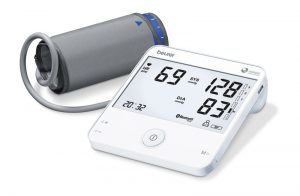
About one in three U.S. adults has high blood pressure (HBP). By 2030, it is expected that over 41 percent of U.S. adults will have it. Normal BP for adults age 20 or over is no higher than 120/80 mm Hg.
One blood pressure reading only tells you what your blood pressure is at that moment. A record of readings taken over time provides a “time-lapse” picture of your blood pressure that you can show your doctor to ensure that your treatments are lowering your BP.
Many people have high blood pressure (HBP) for years without knowing it. Generally, there are no symptoms, but when HBP goes untreated, it damages arteries and vital organs throughout your body. That’s why it is often called the “silent killer.
People often make the mistake of assuming symptoms will alert them to their high blood pressure. However, HBP can only be diagnosed by using a device to measure your blood pressure. Not that long ago, this meant going to your doctor or a clinic and having a reading taken by a nurse or other healthcare professional. But today there are accurate BP monitors at your local pharmacy and there are monitors you can buy to measure your blood pressure at home.
Monitoring your BP at home is as easy as buying a BP cuff, using it correctly and tracking the numbers.
Here are some tips for what to look for in a home blood pressure monitor
Choosing a Monitor
The American Heart Association recommends an automatic, cuff-style, bicep (upper-arm) monitor. Ask your healthcare professional for advice in selecting and using one at home. Wrist and finger monitors are not recommended because they yield less reliable readings.
Make sure it’s appropriate
When selecting a blood pressure monitor for the elderly, pregnant women or children, make sure it is validated for these conditions.
Make sure the cuff fits
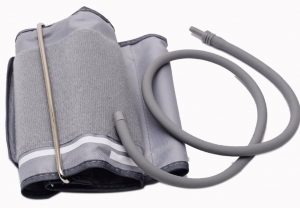
Children and adults with smaller or larger than average-sized arms may need special-sized cuffs. They are available in some pharmacies, from medical supply companies and by direct order from companies that sell BP cuffs. Measure around your upper arm and choose a monitor that comes with the correct size cuff.
Get it checked
Also have the device checked by your healthcare provider when it’s new and once a year to make sure the readings are accurate.
Courtesy: The American Heart Association
About author
You might also like
International Women’s Day: Strengthening women’s role in counter-terrorism
International Women’s Day provides an opportunity to also reflect on how women and men can be differently impacted by terrorism. UN Secretary-General, Mr. Antonio Guterres, recently reminded United Nations Member
Reckitt Benckiser restates commitment to clean, healthy Nigeria
Reckitt Benckiser, (RB), a leading consumer health and hygiene Company has restated its commitment to a clean and healthy Nigeria that will boost the capacity and productivity of the
Be prepared for next pandemic after COVID 19 – West African lab scientists alert countries
Considering the short period it took for the world to move from one pandemic to the other in modern times, compared to such occurrences earlier in history, the West African

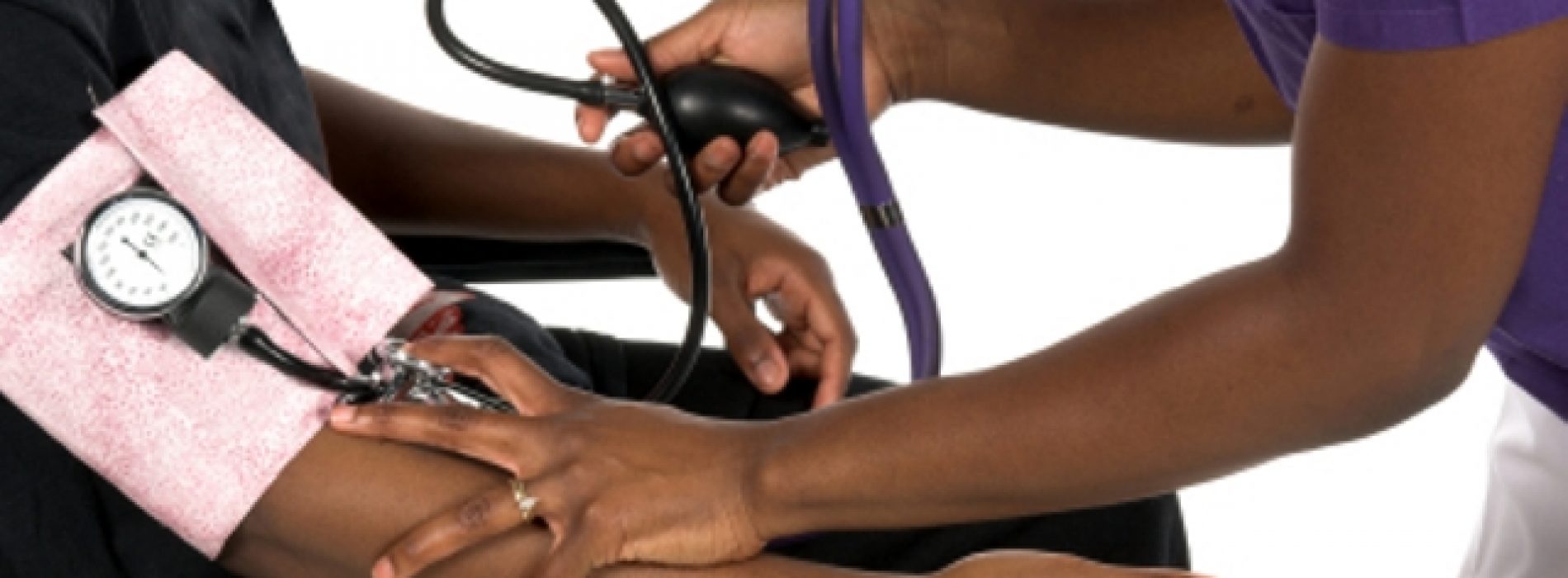
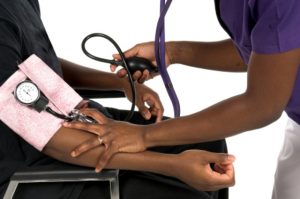
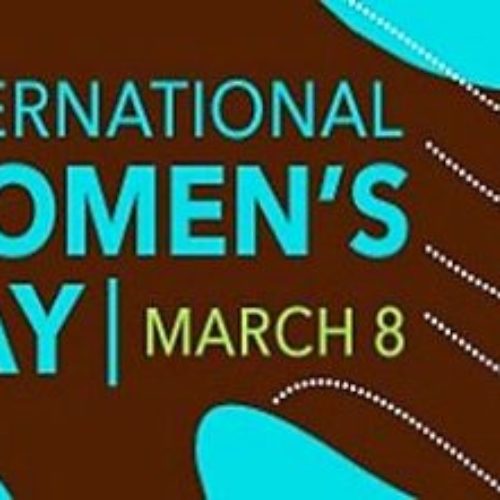




0 Comments
No Comments Yet!
You can be first to comment this post!